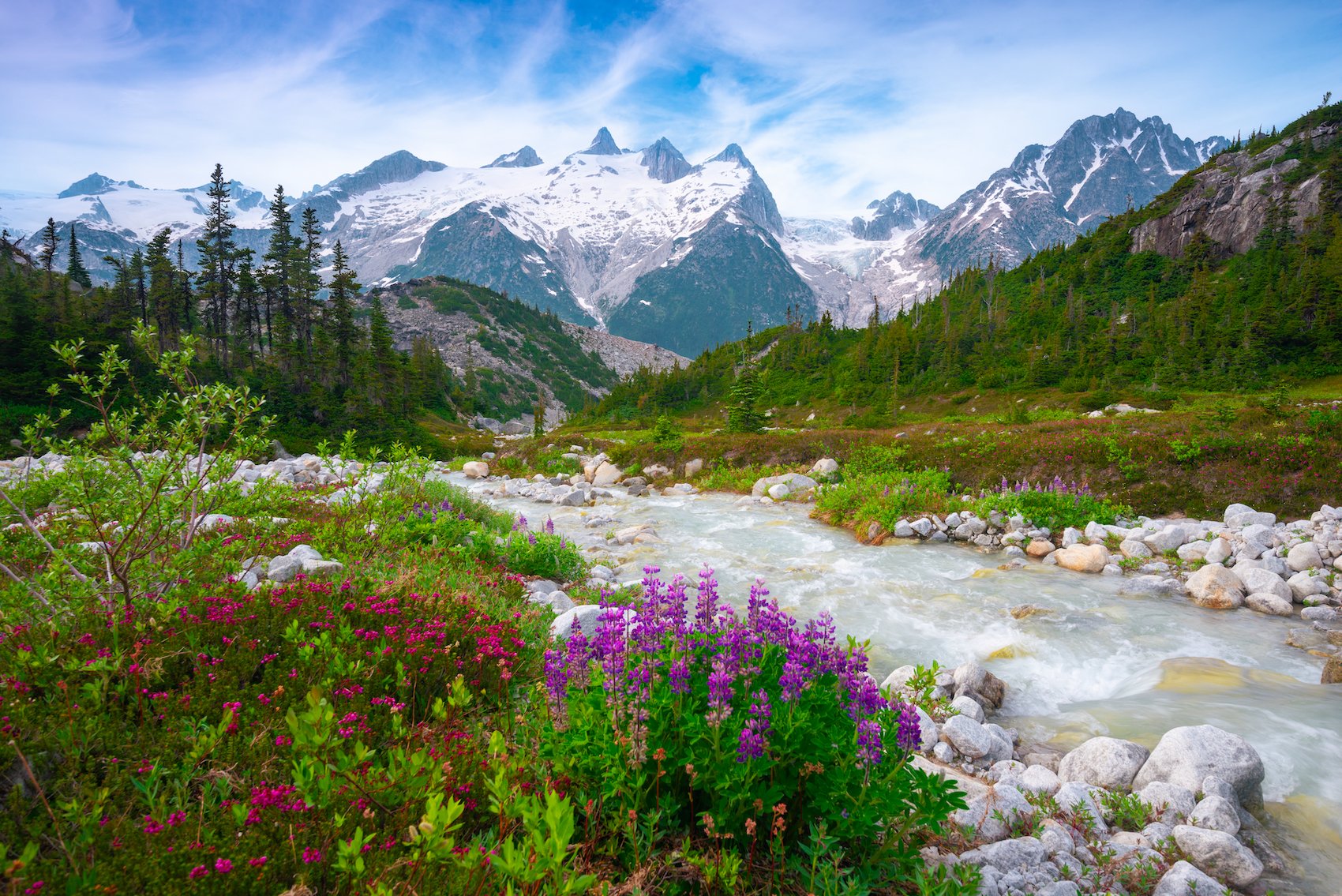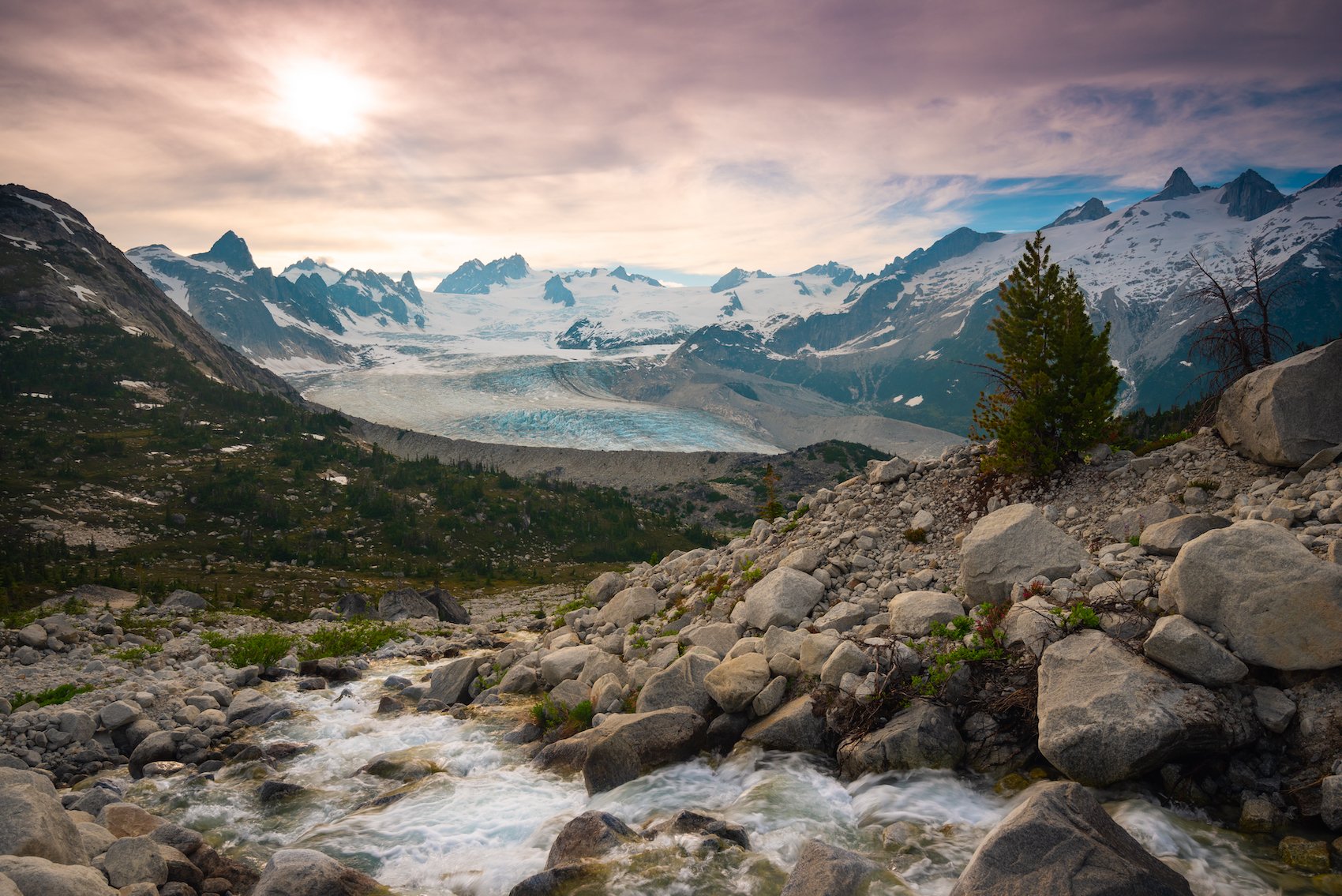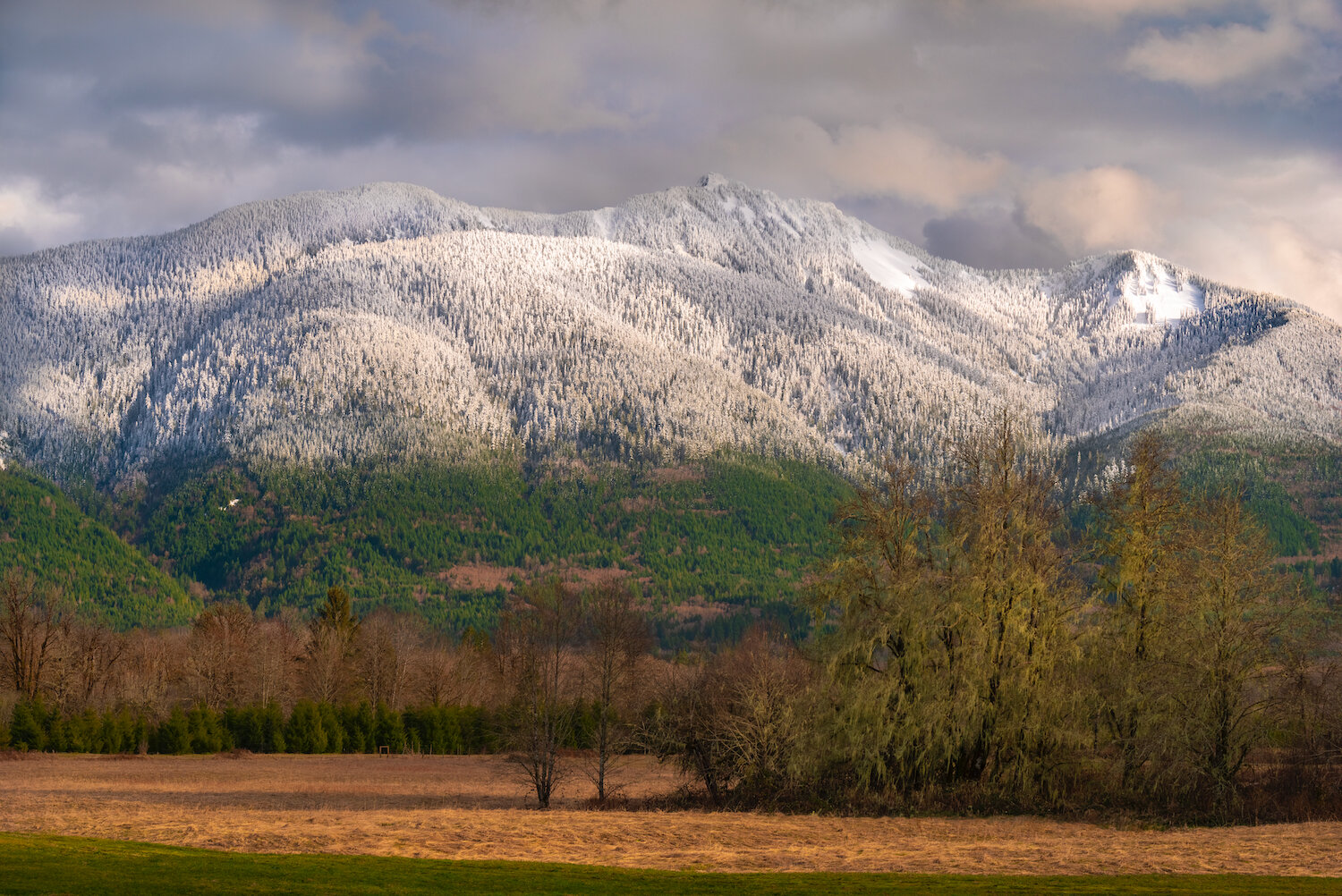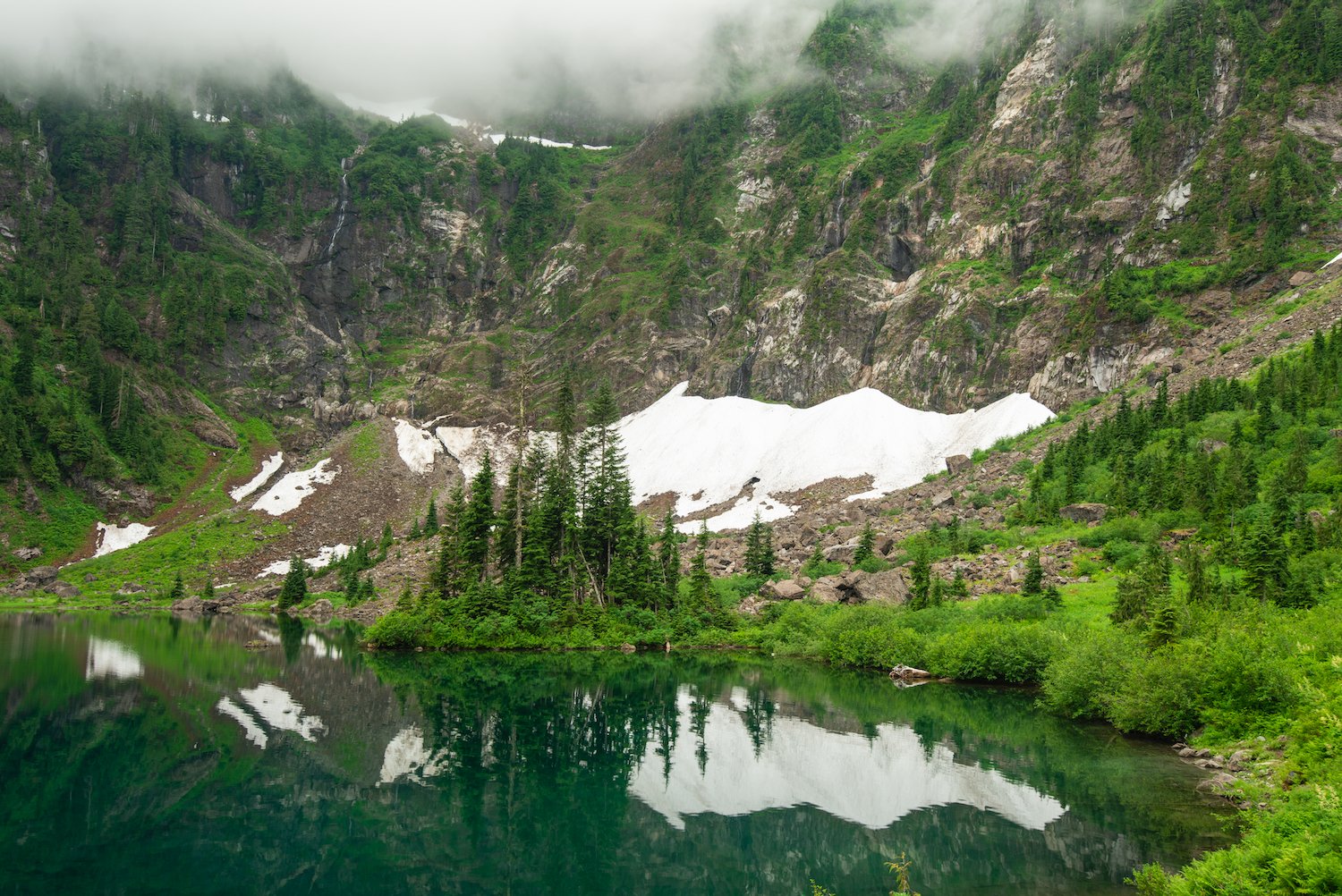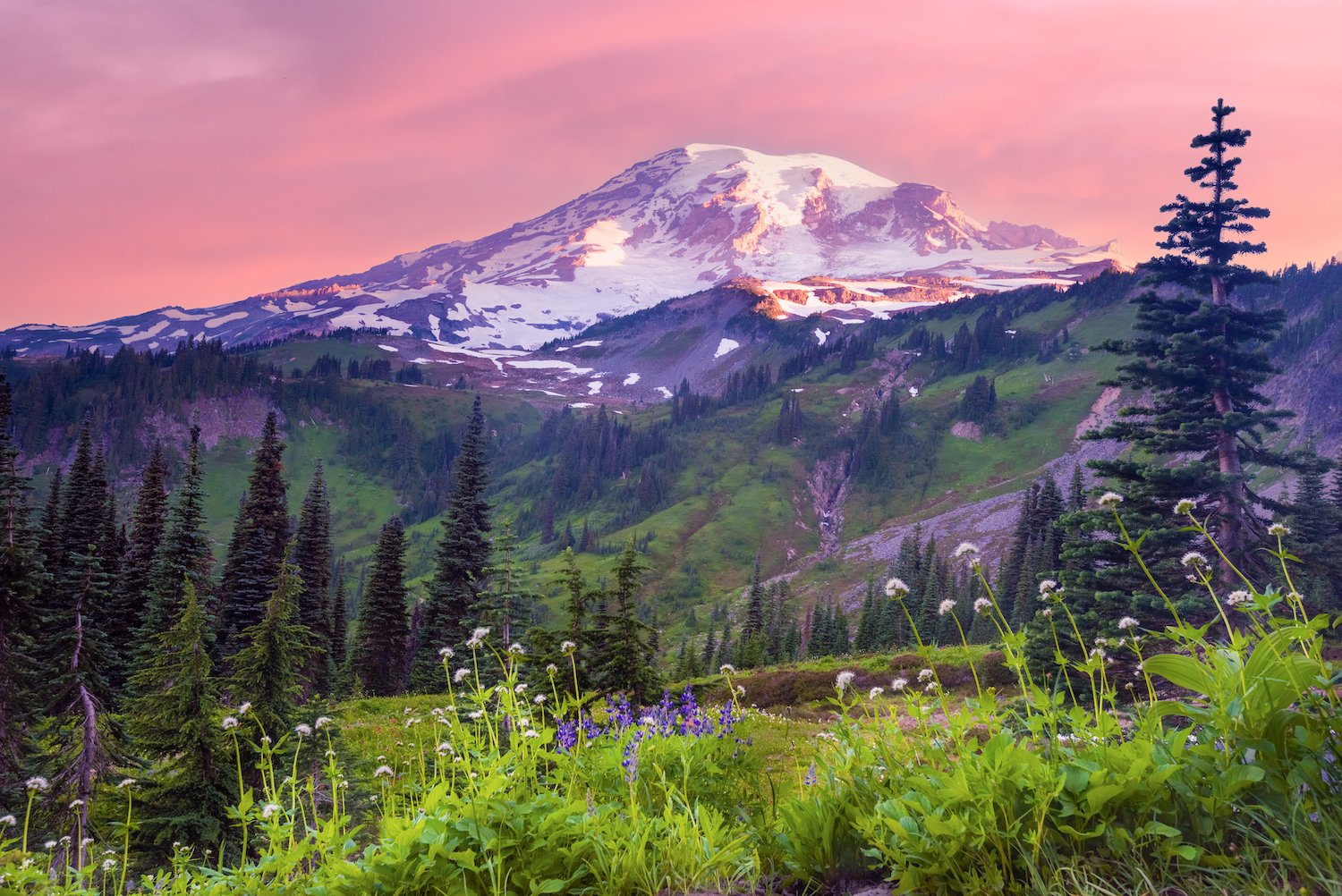coast mountains
Remote, unspoiled, and enormous, the Coast Range, extending from Alaska and through British Columbia is one of North America’s true wildernesses. Compared to other mountain ranges, there aren’t many trails, particularly as you travel north. The pictures below are from the Mount Waddington area, which features spiky peaks and expansive glaciers. Helicoptering into this region is the safest and fastest way to reach it.
Mount Waddington is is the highest peak that lies entirely within British Columbia and there are a number of sub-peaks and glaciers that surround it. The terrain is harsh and uncompromising. However, the area around Nabob Pass provides access to some of the most dramatic landscapes in the Coast Mountains and British Columbia generally.
These mountains receive a lot of snow in the winter because of their position by the coast, which ensures a near constant stream of precipitation. Here, glaciers and icefields envelop the massive mountains formed over millions of years and visitors are sure to be awed by the untamed beauty of this part of the world.
North cascades national park
North Cascades National Park may be the premier backpacking national park in the country with miles and miles of endless wilderness awaiting intrepid explorers. The park protects nearly half a million acres of glaciated peaks, deep valleys, powerful rivers, and verdant, old-growth forests. Though it does not contain marquee mountains like other Northwest parks, there are peaks everywhere. Some of the best high elevation hikes include Thornton Lakes, Cascade Pass/Sahale Arm, and Blue Lake.
cascade pass & Sahale Arm
blue lake
ross Lake
Maple Pass & lake ann
Maple Pass, along with Cascade Pass, are two premier locations for fall colors in North Cascades National Park. In late September, early October the two hikes explode with color. Maple Pass, in particular, is dotted with larch trees that turn vibrantly yellow as they transition to the winter season.
The trail follows a ridge in a loop around Lake Ann and is best traveled counterclockwise as the ascent is more gradual and is more than halfway complete once the pass is reached. At its highest point, there are glorious mountain views in every direction, including many of the glaciated peaks of the National Park and the elusive Glacier Peak miles away.
mount baker wilderness
Mount Baker Wilderness is west of North Cascades National Park and is similarly encompassed by vast stretches of mountainous beauty. Anchored by the namesake volcano, many of the hikes feature the great Mount Baker prominently. Like the rest of the North Cascades, this wilderness area experiences rainy and snowy weather for most of the year yet its beauty cannot be denied. Beautiful alpine lakes and tarns nestled between mountains are found everywhere. Some of the best hiking trails in the region are found here including Yellow Aster Butte, Skyline Divide, Lake Ann, and Hannegan Peak.
Skyline divide
lake ann
yellow aster butte
hannegan peak and pass
artist point
Mount Baker-Snoqualmie National Forest
For simplicity sake, this gallery focuses on Mount Baker-Snoqualmie National Forest’s hikes south of North Cascades National Park. In total, the national forest covers more than 100 miles of north-south territory and much of Washington’s Cascade Range. The state’s most remote stratovolcano, Glacier Peak, is located here along with the many backpacking hikes around it. There are countless trails in and around the National Forest accessible just two or so hours from metro Seattle, including Hidden Lake, Kendall Katwalk, Vesper Peak, Gothic Basin, and many more.
Hidden lake
Kendall Katwalk
whitehorse mountain
prairie mountain
Lake 22
Goat Lake
Heather Lake
Cascade Range Volcanoes
The Cascade Range’s most iconic mountains are its gigantic stratovolcanoes - the tallest mountains in the region. Mount Rainier and Mount St. Helens in Washington; Mount Hood, Mount Bachelor, and Crater Lake in Oregon are among the many. Trails have been built around them and have been hiked for decades, greatly influencing the outdoor experience of generations of Pacific Northwesterners. These mountains are so tall, they generate their own weather patterns, drawing in precipitation in the form of rain and snow, and in the case of some, creating glaciers. Featured below are some of the volcanoes south of Mount Baker.
mount rainier
mount bachelor
Mount St. Helens
Crater lake
Olympic Mountains
Washington’s other mountain range, the western Olympic Mountains are beautiful in their own way. The tallest of them, Mount Olympus, may not be as high as the Cascade volcanoes but it experiences heavy snowfall and is surrounded by glaciers. These weather patters feed the valleys between the Olympics, which have some of the largest trees on earth (profiled here). The Olympics are also densely packed and hiking the backcountry trails around them is the best way to experience their immensity. Some of the best alpine hikes include Mount Townsend, Marmot Pass, Mount Ellinor, and the Hoh River Trail.

